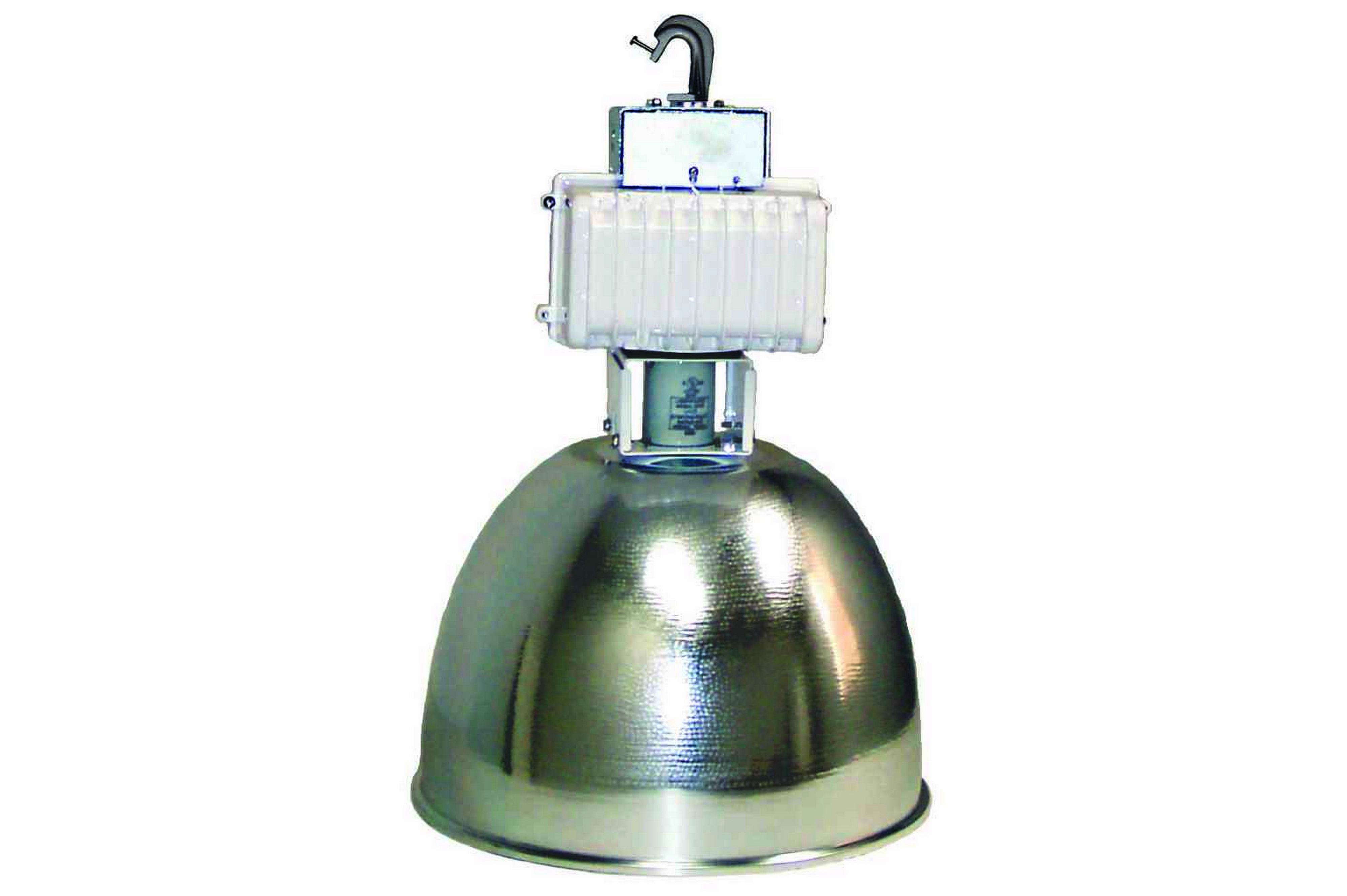How To Calculate Lighting Costs For Metal Halide Fixtures
I See New Metal Halide Fixtures Are Going In Daily.....Despite The High Annual Cost Of Operation....

Every day I drive by new construction sites and just shake my head in disgust.
Why is that?
I still see new metal halide fixtures being installed everywhere.
In Kentucky, I have even seen a utility, who is paying out incentives to business to get rid of their metal halide fixtures, are still putting up metal halide fixtures to light up their streets.
It is ridiculous because I have done the calculations on how much it costs to operate these metal halide fixtures.
The upfront costs may be low, but once you factor in maintenance and the cost of electricity, the metal halide fixture is one of the worst possible options you could use to light up your facility or grounds around your building.
Don't believe me?
Get out a piece of paper and calculator and follow along.....
How Do Calculate The Energy Cost Of A 400 Watt Metal Halide
1. How Many Watts?
In order to determine the watts that your fixture uses, you must determine what size your metal halide fixture is. Once you determine that, you can then find the "actual" watts that the fixture uses.
Here is a list of metal halide's we typically see. Figure out which one you have and choose the actual wattage on the right.
- 175 Watt Metal Halide Fixture = 205 Actual Watts
- 250 Watt Metal Halide Fixture =290 Actual Watts
- 400 Watt Metal Halide Fixture = 458 Actual Watts
- 1000 Watt Metal Halide Fixture =1,081 Actual Watts
2. How Many Fixtures?
Now that you have the watts, you have to determine how many fixture you have. This is one of the easier steps in calculating your lighting costs unless you have a lot of fixtures.
If you have a lot, you may want to have someone help you take a count. It is easy to lose track with your neck bent looking straight up at the ceiling (...plus you don't want to walk into anything and bump your head!)
3. How Many Total Watts?
This is simply the number of fixtures multiplied by the number of watts for your type of fixture. So if you have 20 - 400 watt metal halides, you would simply multiply the following:
20 fixtures x 458 watts = 9,160 Total Watts
4. How Many Kilowatts?
Now take your total watts and divide by 1000 to get your total kilowatts. Using the example from above:
9,160 Total Watts / 1,000 = 9.16 Kilowatts
5. How Many Hours Are Your Lights On Each Day?
This is relatively simple to calculate. But here is a chart for quick reference. It is easiest to go by the type of shifts you have for your company, you don't have to be exact here, just close.
Here are the most common total hours per year;
- 8 hrs per day = 2,000 hours per year
- 10 hrs per day = 2,500 hours per year
- 12 hrs per day = 3,000 hours per year
- 16 hrs per day = 4,000 hours per year
- 24 hrs per day = 6,000 hours per year
For our example, we will choose 12 hours per day, or roughly 3,000 hours per year that our 400 Watt Metal Halide's are lit up.
6. To find Kilowatt/Hours (Kwh) we multiply;
9.16 Kilowatts x 3,000 hours per year = 27,800 Kwh
7. What Is The Cost of Your Energy?
27,480 x .08 = $2,198 per year in annual energy costs
8. How Much Per Each 400 Watt Metal Halide?
$2,198 / 20 = $109.20 per year/per 400 Watt Metal Halide
Cut Your Annual Energy By 50% Or More With New Technologies
There are many technologies available that can easily cut that number in half. We have covered the topic very thoroughly here on our blog, so I thought you might want a little help in locating related articles.
Learn More About Energy Efficiency...